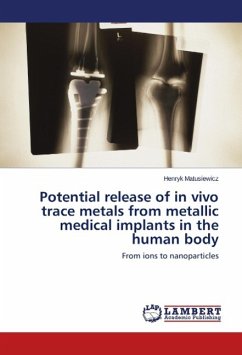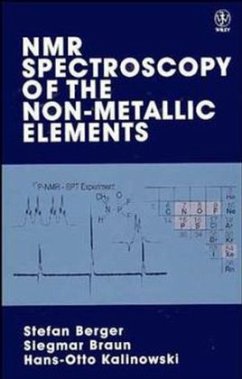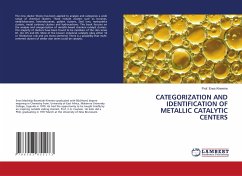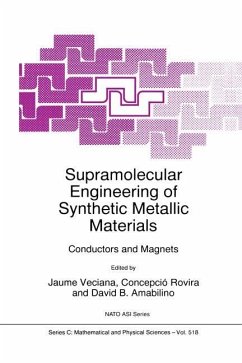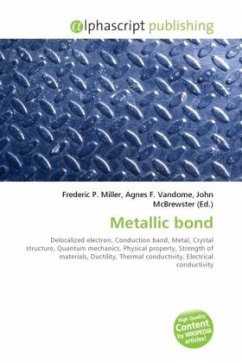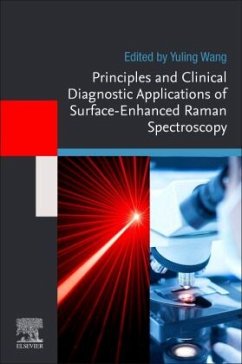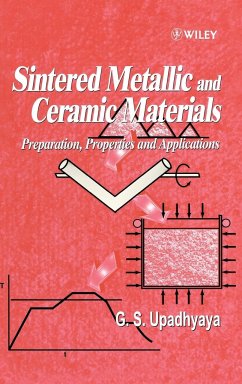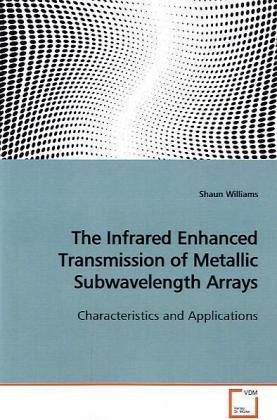
The Infrared Enhanced Transmission of Metallic Subwavelength Arrays
Characteristics and Applications
Versandkostenfrei!
Versandfertig in 6-10 Tagen
52,99 €
inkl. MwSt.

PAYBACK Punkte
26 °P sammeln!
Nickel mesh with holes spaced by 12.7 microns show ahigher fractional transmission than the fractionalopen area of the mesh. This effect is attributed tosurface plasmons which allow light incident on oneside of the metal mesh to be transmitted to the otherside where it is released as light. Due to the holespacing of this mesh, the surface plasmon phenomenonis seen in the infrared. Coating the nickel mesh withother metals allows the effect of the metal and thehole size on transmission. The increased transmissionhas been used to study molecular species which arebound to the surface of the mesh. ...
Nickel mesh with holes spaced by 12.7 microns show a
higher fractional transmission than the fractional
open area of the mesh. This effect is attributed to
surface plasmons which allow light incident on one
side of the metal mesh to be transmitted to the other
side where it is released as light. Due to the hole
spacing of this mesh, the surface plasmon phenomenon
is seen in the infrared. Coating the nickel mesh with
other metals allows the effect of the metal and the
hole size on transmission. The increased transmission
has been used to study molecular species which are
bound to the surface of the mesh. The reaction that
converts methanol to formaldehyde has been studied.
Due to the unique spectroscopic properties of the
mesh, surface species exhibit increased spectroscopic
aborptions. The absorptions are enhanced to such an
extent that the reactants, products and the adsorbed
methoxy radical intermediate have been observed with
significant intensity. The techniques will be useful
for chemists and physicists alike.
higher fractional transmission than the fractional
open area of the mesh. This effect is attributed to
surface plasmons which allow light incident on one
side of the metal mesh to be transmitted to the other
side where it is released as light. Due to the hole
spacing of this mesh, the surface plasmon phenomenon
is seen in the infrared. Coating the nickel mesh with
other metals allows the effect of the metal and the
hole size on transmission. The increased transmission
has been used to study molecular species which are
bound to the surface of the mesh. The reaction that
converts methanol to formaldehyde has been studied.
Due to the unique spectroscopic properties of the
mesh, surface species exhibit increased spectroscopic
aborptions. The absorptions are enhanced to such an
extent that the reactants, products and the adsorbed
methoxy radical intermediate have been observed with
significant intensity. The techniques will be useful
for chemists and physicists alike.




